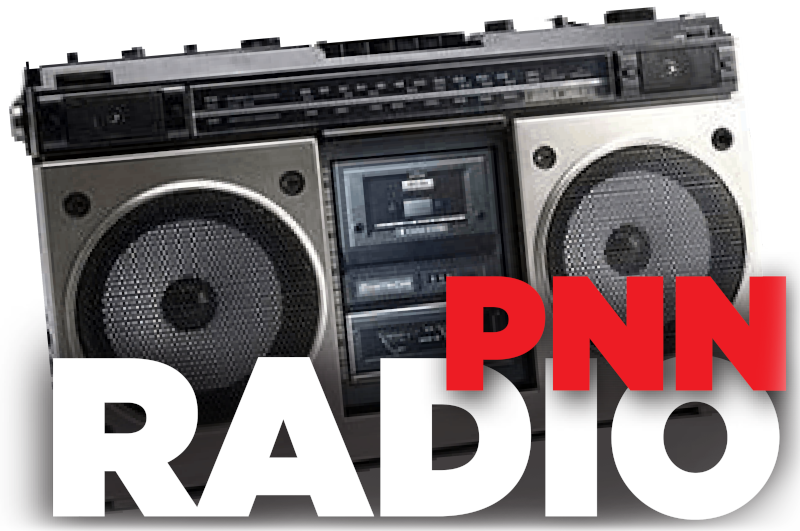|
by Leroy Moore Do Black disabled people have a history? You wouldn’t think so when Black History month comes around. For ten years I have been on a search for Black disabled people’s contributions to the mainstream society, as well as to Black and disabled communities, but it is almost as if we do not exist. Black disabled people are beginning to tell their stories, but in writing our history, we must overcome many barriers. Under slavery, having a healthy mind and body was the key to survival. Masters viewed disabled slaves as a burden and usually killed them, so disabled slaves hid their disabilities to stay alive. Today, I wonder if we black disabled people are still hiding part of our identity. There were disabled slaves who did survive on the plantations. The most famous was Harriet Tubman, who escaped and helped others to do the same. Tubman’s disability is part of our hidden history. I had to dig to learn about the brain injury that caused her to have seizures and blackouts. Perhaps this inspired her to found the Harriet Tubman Home, sheltering disabled and elderly slaves within her own home. Black disabled people do have a recorded history in an unusual kind of profession. Books by Rosemarie G. Thomson (Extraordinary Bodies: Figuring physical Disability in American Culture & Literature) and Robert Bogdan (Freak Show: Presenting Human Oddities for Amusement and Profit) report that freak shows employed a high population of Black disabled people. Today we think of freak shows as disgraceful, but in the nineteenth and early twentieth centuries, some Black families entrusted their disabled children and young adults to freak shows because they provided paying jobs for people who could not get other employment. Among them was Joice Helth, George Washington’s nursemaid. Thomson describes her as an old, toothless, blind, crippled slave woman. Thomson goes on to explain that several physically and mentally disabled Black men were displayed as "What Is It?" exhibits in freak shows At the other end of the entertainment spectrum, remember George Gershwin’s opera, "Porgy & Bess?" This first Black opera portrayed a disabled Black man as a main character. The story was based on DeBous Heyward’s novel about a real Black disabled beggar, Samuel Smalls of Charleston, South Carolina. These are some of the stories that must be remembered if Black disabled people are to have a sense of their own history, and if everyone is to understand what has really happened. Today, disabled African Americans are finding and using their own voices. Locally, disabled artists have exhibited their artwork in Oakland and San Francisco during Black History Month for the past three years. Last year, four Black disabled artists, poets and lecturers presented their artwork and talked about their lives at local bookstores. This year, Disability Advocates of Minorities Organization (DAMO) presented "Breaking the Silence on Disability in the Minority Community," with a panel on issues that touch disabled minorities, spoken word and a video presentation on February 17th at the San Francisco Main Library. There are a small number of recent books by Black disabled authors, including "Sounds Like Home: Growing Up Black & Deaf in the South" by Mary Herring Wright. Idell Wilson, author of "Dream Jigsaw Puzzle Pieces" and Leroy Moore, author of "Black Disabled Man with Big Mouth & High I.Q." are two local Black disabled poets, activists and lecturers They read from their new books on February 16th at the Family Resource Network of Oakland. We of the Black and disabled community are becoming more visible. David Patterson, a blind New York state Senator, has taken disability issues to the political arena. Curtis John Pride made history for being the first Black, deaf, professional baseball player. "Becker," a new sitcom on ABC, includes a Black blind character. Here in the Bay Area, organizations such as Harambee Education Council, a state wide organization of and for parents and advocates of African American youth and young adults with disabilities, and DAMO are looking forward to a bright future. To get involved with the second annual Harambee Oakland conference in June of 2001, call Sonia Jackson Ricks at the Family Resource Network @ (510) 547-7322. Disabled African Americans have a rich history, varied talents, and fresh voices with which to chronicle rarely shared experiences that deserve to be heard. If we are going to celebrate Black History, lets celebrate the history of all Black people. For more information contact DAMO at (415) 695-0153 Black Disabled Trivia by Leroy Moore & Gary Gray of DAMO 1) This slave rescued other slaves and brought them to freedom. Who is she? What was her disability? 2) This famous soul singer in 1997 he wrote a book called Truly Blessed, about his life before and after his accident. Who is he? 3) This African American is the first deaf professional baseball player. Who is he? 4) This Black actor is an inspirational speaker who played in Boyz N in the Hood. Who is he? 5)A 1992 comedy show, ‘In Living Color’, introduced the first Black disabled hero. Who was it? 6)This Black amputee, 1984 Olympic skier and author was the first Director for President Clinton’s Human Capital Issues on the National Economic Council. Who is it? Black Disabled: Trivia Answers 1) Who was Harriet Tubman 2) Who is Teddy Pendergrass 3) Who is Curtis John Pride 4) Who is Reggie White 5) Who was Handiman 6) Who is Bonnie St. John Deane |
Original Post Date
2000-01-01 12:00 AM
Original Body



